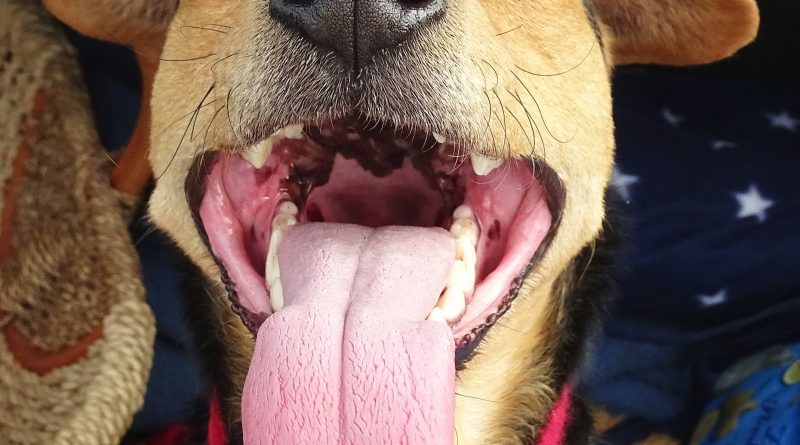Doggy Breath: Is it Normal and How Can You Fix it?

There’s nothing like having your dog lean in for a smooch only to discover the horror of canine halitosis! We’re not talking about sweet, lovable puppy breath either. We’re talking breath so offensive you can’t stand to get too close. Is doggy breath normal? Is there anything you can do to fix it?
1. You Don’t Have to Live with Doggy Breath
No, doggy breath is actually not normal. There’s always an underlying cause, and it can be corrected. There’s no reason you have to live with doggy breath if you want to have a dog. For some dogs, it’s caused by something simple like something they’ve eaten. For others, it could stem from something more serious, such as periodontal disease, which is a buildup of bacteria, plaque, and eventually tartar on the teeth. If the bacteria are allowed to stay on the teeth and gums, it will ultimately cause unnecessary gum irritation, pain, infection, and probably tooth loss. Once you smell bad breath, periodontal disease is already present, so see your vet right away if there’s no other obvious cause.
2. Get Off to a Clean Start
One of the best things you can do is head into your vet for a thorough dental cleaning. You will not be able to get rid of tartar and plaque by simply brushing your dog’s teeth. Your vet can remove all the tartar and disinfect your dog’s mouth, giving you both a clean start. In severe cases, there may be tooth decay below the gumline and pulling those teeth may be required to restore a healthy mouth.
3. Maintain Fresh Breath with Daily Brushing
The last thing most of us are thinking about at the end of a busy day is brushing the dog’s teeth, but if you are serious about keeping your dog’s mouth healthy and his breath fresh, you’ll want to start. Now that your dog’s teeth have been professionally cleaned, daily brushing can make a huge difference. You can use a baby toothbrush, or a finger toothbrush meant for dogs. Just be sure the toothpaste you choose is pet safe; human toothpaste often contain artificial sweeteners, fluoride, and other ingredients that can make your dog very ill, or even cause death! Invest in a doggy toothpaste and start out with short 15-30 second sessions and work your way up to two minutes if your dog will let you. Look for a pet toothpaste with enzymes added to increase its effectiveness.
4. Dental Chews and Other Products Can Complement Your Brushing
Many products on the market can complement your brushing, too. Some products are designed to be added to your pet’s water to slow down the growth of plaque and bacteria. Flavored pastes are available that can be squeezed into special toys to assist with tartar and plaque removal while they chew. Dental chews can be a great option, too, but they should be used with caution. Never give your dog a chew that he can rip big chunks off of and swallow, which could lead to life-threatening intestinal blockage. Look for chews that are entirely digestible.
Once your dog has had a professional dental cleaning, there are lots of things you can do at home to maintain his fresh breath. You’ll be back to happy doggy kisses before you know it!













